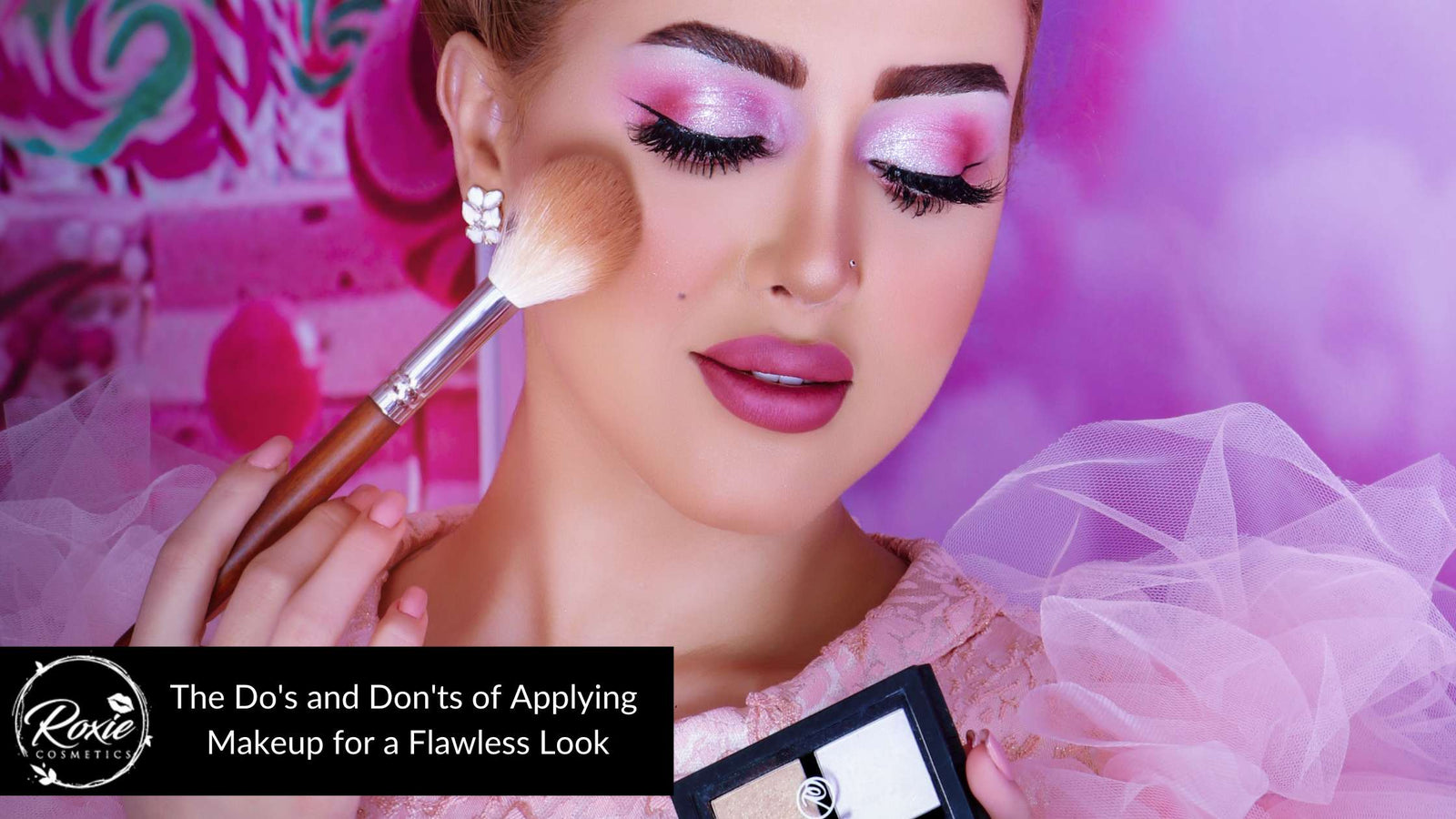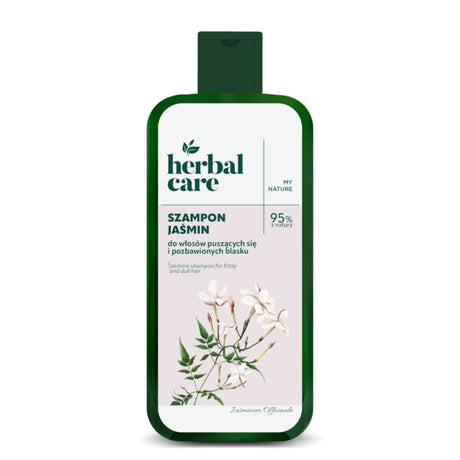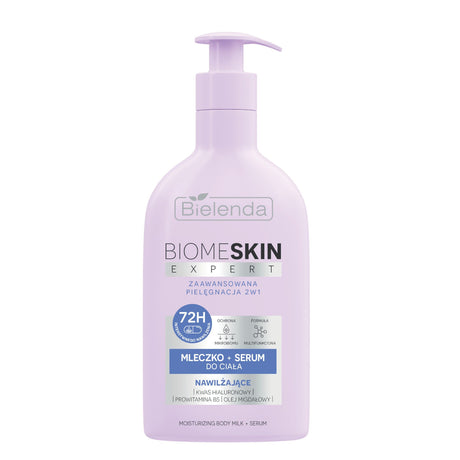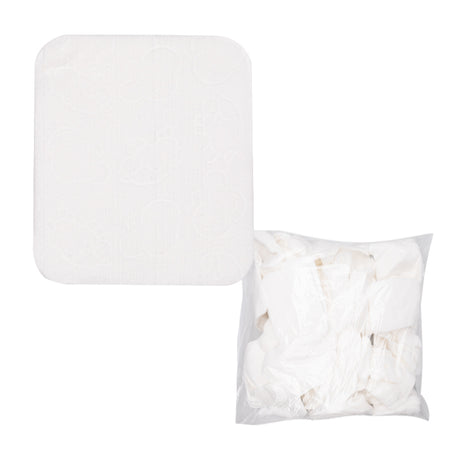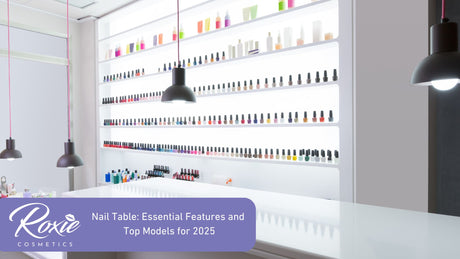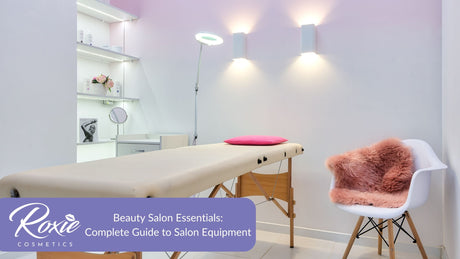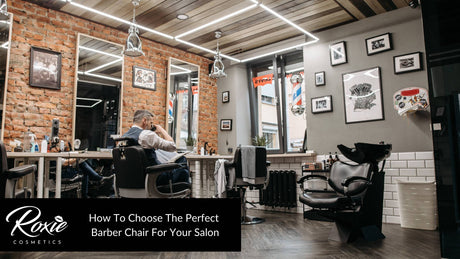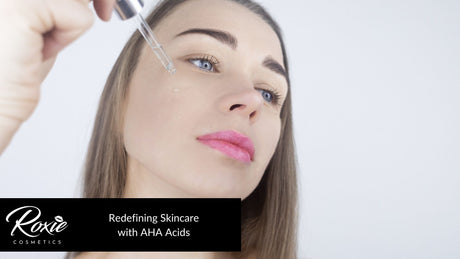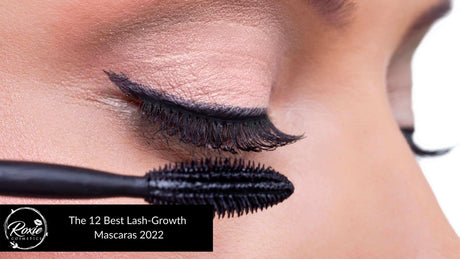10 Tips for a Flawless Makeup Application
The Guide to Choosing the Right Makeup for Your Skin Tone
Finding the right makeup for your skin tone can be a challenge, but with the right knowledge and guidance, you can easily find products that enhance your natural beauty and suit your skin's unique needs. Here are some tips for choosing the right makeup for your skin tone:
-
Determine your skin tone: The first step to choosing the right makeup is to determine your skin tone. There are three main skin tones: cool, warm, and neutral. To figure out your skin tone, look at the veins on the inside of your wrist. If they appear blue or purple, you have a cool skin tone. If they appear green, you have a warm skin tone. If you can't tell the difference, you have a neutral skin tone.
-
Choose the right foundation: The foundation is the base of your makeup look, so it's important to choose one that matches your skin tone and provides the right amount of coverage. If you have a cool skin tone, look for a foundation with pink or rosy undertones. If you have a warm skin tone, look for a foundation with yellow or golden undertones. If you have a neutral skin tone, you can choose either cool or warm-toned foundations, depending on your preference.
-
Match your concealer to your foundation: Concealer is used to cover up imperfections, blemishes, and dark circles under your eyes. To ensure that it blends seamlessly with your foundation, choose a concealer that matches your foundation in both shade and undertone.
5 Common Makeup Mistakes to Avoid
-
Not moisturizing your skin before applying makeup. This can cause your makeup to look cakey and can even lead to clogged pores.
-
Not using primer before applying foundation. Primer helps to create a smooth canvas for your foundation, and can also help your makeup to last longer.
-
Not blending your makeup properly. This can lead to an unnatural, streaky appearance. Make sure to blend your foundation, concealer, and other products well to create a seamless, natural look.
-
Applying too much product. It's important to use a light hand when applying makeup, especially when it comes to foundation and concealer. Using too much can make your face look heavy and cakey.
-
Not using the right tools. Using the right tools can make a big difference in the way your makeup looks. Invest in good quality makeup brushes and sponges to ensure a smooth, even application.
The Importance of Using High-Quality Makeup Products
Using high-quality makeup products is important for a number of reasons. First, high-quality products are typically made with better ingredients, which can be gentler on the skin and cause fewer irritation or allergic reactions. Second, high-quality products are often more pigmented, so you can achieve the desired level of coverage with less product, which can be better for your skin. Finally, high-quality makeup products are generally more durable and long-lasting, so you won't have to worry about touch-ups as often. In short, using high-quality makeup products can help to improve the overall health and appearance of your skin, as well as save you time and money in the long run.
The Difference Between Natural and Glam Makeup Looks
Natural makeup is a makeup look that is designed to enhance the wearer's natural features and create a fresh, minimalistic appearance. The focus is on enhancing the skin, rather than hiding it, and the goal is to create a natural, radiant look. This type of makeup look is typically achieved by using light-to-medium coverage foundations, minimal contouring and highlighting, and subtle pops of colour on the cheeks and lips.
On the other hand, glam makeup is a more dramatic, bold, and polished look. The focus is on making a statement and creating a look that stands out. This type of makeup look is typically achieved by using full-coverage foundations, heavy contouring and highlighting, bold eyeshadows and liner, and bold lip colors. Glam makeup looks are often more time-consuming and require more skill to create, but they can be a great option for special occasions or photo shoots.
Overall, the key difference between natural and glam makeup looks is the level of intensity and the overall effect that they create. Natural makeup looks are more subdued and understated, while glam makeup looks are bolder and more attention-grabbing. The right choice will depend on the occasion and the wearer's personal preference.
Building a Makeup Collection on a Budget
By following these tips, you can build a makeup collection that is both affordable and high-quality.
The Dos and Don'ts of Makeup for Mature Skin
Here are some dos and don'ts of makeup for mature skin:
DO:
- Moisturize your skin well before applying makeup. This will help to prevent your makeup from settling into fine lines and wrinkles.
- Use a primer before applying foundation. This will help to create a smooth canvas for your makeup and make it last longer.
- Use a lightweight, hydrating foundation. Avoid heavy, matte foundations, which can settle into fine lines and make your skin look dry.
- Use a concealer to cover up any dark circles or blemishes. Choose a concealer that is slightly lighter than your foundation to help brighten up the under-eye area.
- Use a cream-based blush or bronzer, rather than a powder. Powder products can settle into fine lines and make your skin look dry.
- Use a hydrating lip balm before applying lipstick. This will help to keep your lips moisturized and prevent your lipstick from feathering.
- Set your makeup with a hydrating, skin-like mist. This will help to keep your makeup in place and give your skin a healthy, radiant glow.
DON'T:
- Skip moisturizing your skin. Dry skin can accentuate fine lines and make your makeup look cakey and unnatural.
- Use heavy, matte foundations. These can settle into fine lines and make your skin look dry and dull.
- Apply too much product. Using too much foundation, concealer, or powder can make your skin look cakey and heavy.
- Skip blending your makeup. Make sure to blend your foundation, concealer, and other products well to create a seamless, natural look.
- Neglect your skincare routine. Make sure to cleanse, moisturize, and protect your skin every day to keep it healthy and radiant.
- Use overly shimmery or glittery products. These can accentuate fine lines and make your skin look older. Stick to matte or satin finishes for a more flattering look.
Conclusion The Best Practices of Makeup
In conclusion, there are many best practices to follow when it comes to applying makeup. These include using a good skincare routine to prepare your skin, using a primer before applying foundation, blending your makeup well, using the right tools, and choosing high-quality products. By following these tips, you can create a flawless, natural-looking makeup look that will enhance your natural beauty and last all day. Additionally, it's important to tailor your makeup routine to your unique skin type and concerns, and to experiment with different looks to find what works best for you. Overall, the key is to have fun and feel confident in your own skin, no matter what makeup products you use.

